12 Useless Funky Food Facts
We have compiled interesting and surprising information about different foods worldwide. Some of these facts may be strange, some may be gross, but all are fascinating. Whether you’re a foodie or just looking for quirky knowledge, this article will surely entertain and educate you.
Confectioner’s Glaze Is Made of Bug Secretions
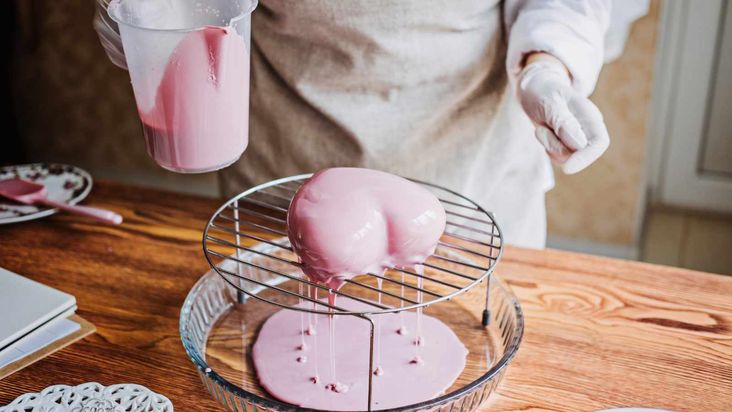
Did you know that the shiny coating on your favorite candy may come from bugs? Confectioner’s glaze, or shellac, is a common ingredient in many sweets and chocolates. It is made from secretions of female lac bugs found in southeast Asia and India.
These bugs secrete a resin-like substance to protect themselves, which is then harvested and processed into a shiny coating for sweet treats. Don’t worry; it’s perfectly safe to consume and considered vegan.
Those Black Lines on Shrimp Aren’t Veins
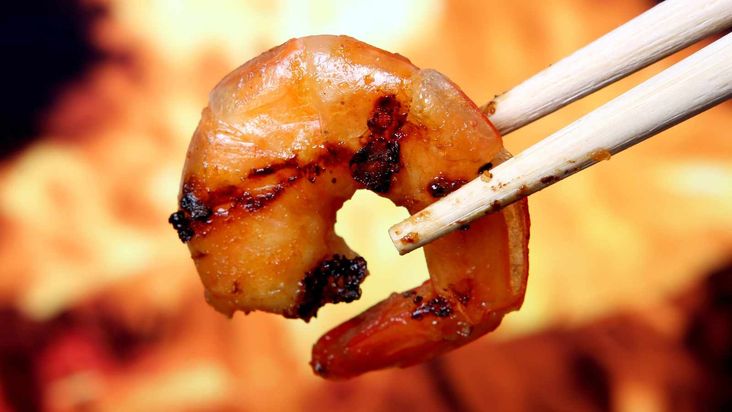
You may have noticed the dark lines running down their backs if you’ve ever eaten shrimp. Contrary to popular belief, these are not veins but digestive tracts. The black line is a part of the shrimp’s digestive system and can be removed before or after cooking, depending on your preference. However, it doesn’t affect the taste or texture of the shrimp, so you can leave it in as well.
Durian Fruit Smells Like Rotting Flesh
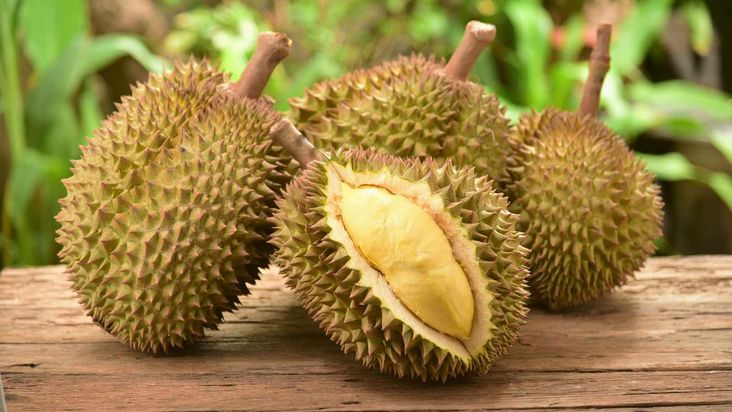
The durian fruit is known for its strong and pungent smell, often described as a mix of sewage and rotten onions. This fruit is highly popular in Southeast Asia, but its odor is so overpowering that it has been banned in many public places.
Despite its unpleasant smell, durian fruit is considered a delicacy with a creamy texture and sweet taste. Many people compare its flavor to custard or almonds.
The World’s Most Expensive Coffee Comes From Animal Poop
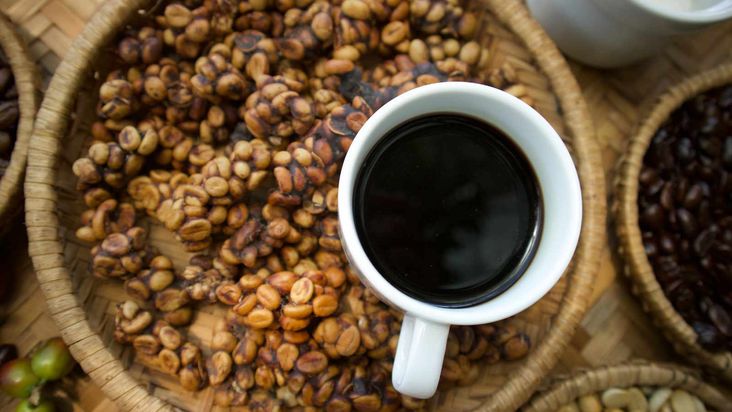
Kopi Luwak, also known as “cat poop coffee,” is considered the world’s most expensive coffee. It is made from coffee beans eaten and digested by civet cats in Indonesia. The enzymes in the cat’s stomach change the composition of the coffee beans, resulting in a smoother and less bitter taste. However, this luxury comes at a high cost per cup.
Raw Oysters Are Still Alive When You Eat Them
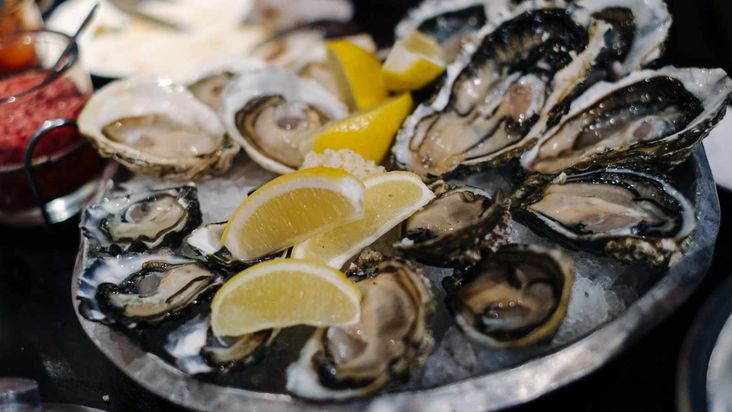
Oysters are often served as a delicacy at fancy restaurants, but did you know that they are still alive when you eat them? Oysters can live up to two weeks out of the water and have no brains or central nervous system. They do not feel pain like humans do, so eating raw oysters is considered ethical.
Raisins Are Among the Dirtiest Produce on the Planet
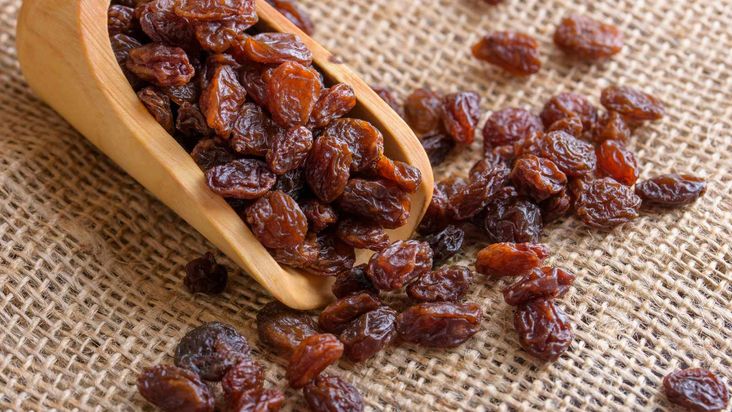
A study conducted by the Environmental Working Group found that raisins are one of the dirtiest produce items regarding pesticide residue. This dirtiness is due to their thin skin, which absorbs and retains pesticides more easily than other fruits. Opt for organic raisins or wash them thoroughly before consuming to reduce pesticide exposure.
Tomato Products Contain Measurable Amounts of Mold
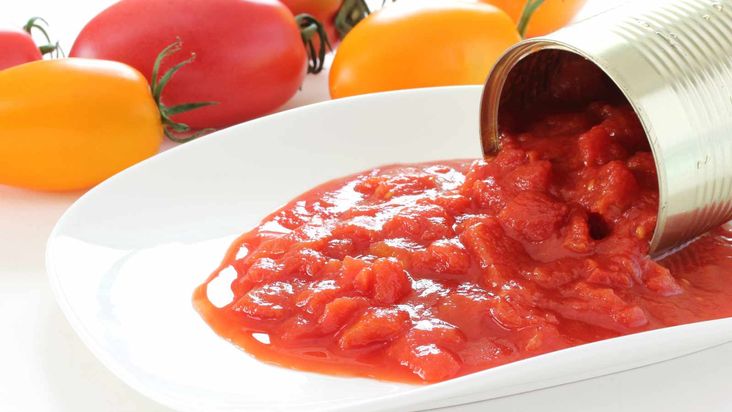
Tomatoes are a staple in many dishes and sauces, but did you know they contain trace amounts of mold? This mold is because tomatoes naturally produce mycotoxins, toxic compounds created by fungi. The good news is that these levels are typically low, not harmful to humans, and can be removed by cooking or washing the tomato products.
There Can Be Multiple Rodent Hairs in Your Peanut Butter
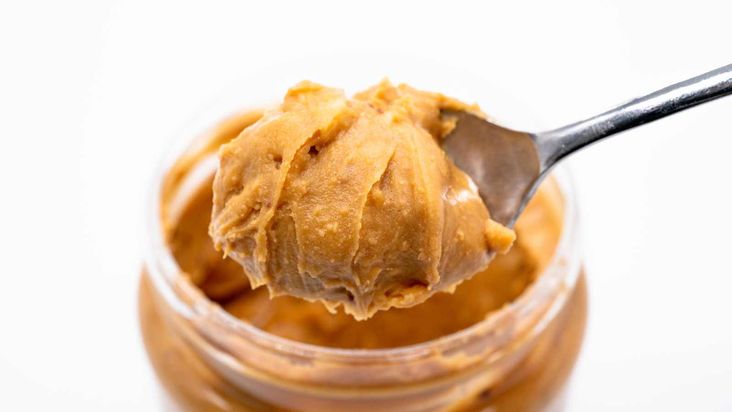
According to the FDA, there can be an average of one or more rodent hairs in every 100 grams of peanut butter. However, the good news is that it’s not considered a health hazard because the FDA has set acceptable limits for food contamination. It may sound gross, but rest assured that your peanut butter is still safe to eat.
Ranch Dressing Contains the Same Dye as Sunscreen
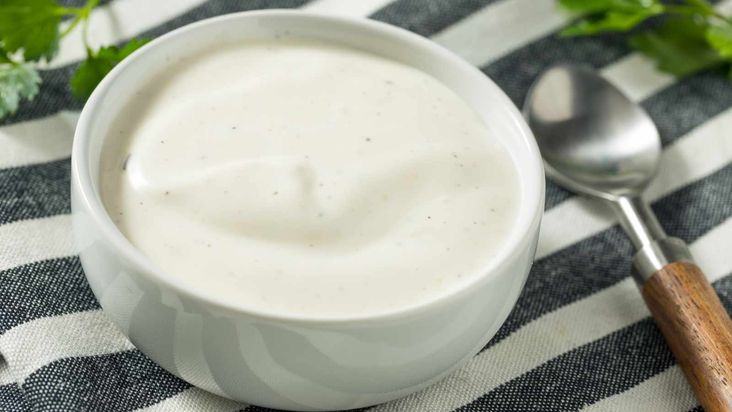
If you’re a fan of ranch dressing, this fact may surprise you. The yellow color in many ranch dressings comes from the chemical titanium dioxide, which is also used in sunscreen to block UV rays. This additive gives the sauce its bright white look, making it more visually appealing.
Raspberry and Vanilla Flavoring Can Come From Beaver Anal Glands
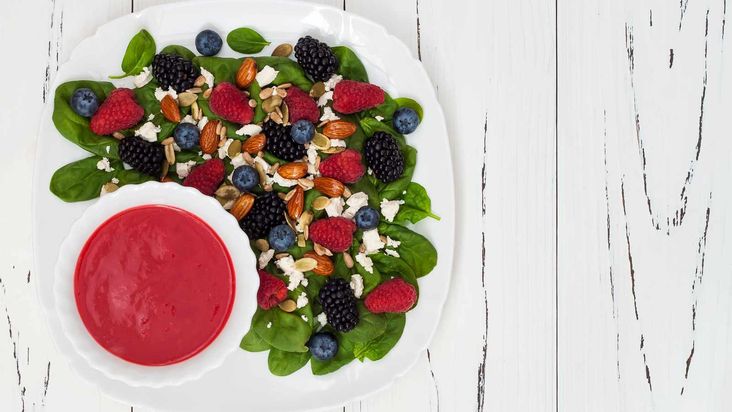
Castoreum, a substance secreted from beaver anal glands, is often used as a vanilla and raspberry flavoring in some foods and drinks. While it may sound gross, this natural ingredient has been used for centuries to add flavor to food and is considered safe by the FDA.
Bananas Are Radioactive

Bananas contain a small amount of radioactive potassium-40, but don’t worry; it’s not enough to harm you. The average banana contains about 0.01 millirem (mrem) of radiation, which is equivalent to the natural radiation we receive from our surroundings daily.
Pineapple ‘Eats’ You Back

Pineapples contain an enzyme called bromelain, which breaks down protein molecules. This enzyme gives pineapple its tangy taste and makes your tongue feel tingly or sore after overeating. It’s also why you can’t use fresh pineapple in gelatin-based desserts; the same enzymes that digest proteins also break down the gelatin.